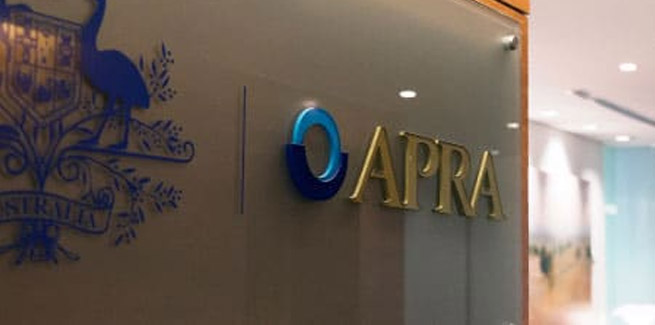An analysis of the latest property exposure statistics from the Australian Prudential Regulation Authority (APRA) by CoreLogic’s Cameron Kusher, has revealed that in the three months ending 31 March 2019,, the share of new mortgages written with a loan to value ratio (LVR) of more than 80 per cent increased to 21.8 per cent, the highest share in two years.
“The share of higher LVR loans is still well below its peak of 37.6 per cent in March 2009 and most new borrowers have more than 20 per cent equity in the property they are purchasing,” Mr Kusher said.
“Nevertheless, it is a little surprising that given the current tight credit conditions and falling dwelling values that there is an increased willingness to lend to borrowers with less than a 20 per cent deposit.”
However, the figures did reflect an overall tightening in the banks’ risk appetite, with APRA reporting a decline in the share of interest-only loans, low-doc loans, and loans approved outside of serviceability.
Over the March quarter, $10.7 billion in interest-only loans were approved — the lowest on record, with the share of interest-only loans as a proportion of total loans felling to a record-low of 14.9 per cent, significantly lower than its peak of 45.6 per cent in June 2015.
The value of new loans approved outside serviceability also fell, dropping by 26.1 per cent ($1.1 billion), from $4.2 billion to $3.1 billion as at 31 March 2019.
The APRA data also reported a sharp decline in the value of new low-doc loans, down 60.8 per cent ($137 million), from $225 million to $88 million.
“Overall, the data reflects the ongoing improvements in mortgage quality and the shift towards reducing the build-up of risk in the mortgage market,” Mr Kusher said.
Mr Kusher said that he expects the improvement in overall credit quality to continue but noted that the trend may be altered by recent developments in the regulatory landscape.
“We would expect the current conditions to continue over the next quarter. Thereafter it will be interesting to see what happens given that there has been an interest rate cut and it looks as if APRA will be relaxing some of the serviceability limits in place on mortgages,” he said.
“On the other side of things, comprehensive credit reporting is being implemented which is likely to mean even more scrutiny on borrowers debts and subsequently increased pressure on lenders to write high quality mortgages.”
The APRA figures revealed that in total, the value of loans approved by ADIs fell by 16.4 per cent ($14.3 billion) in the three months ending 31 March 2019, from $86.7 billion in the March quarter of 2018 to $72.4 billion.
The overall slide in home loan volumes was driven by a 15.2 per cent ($9.2 billion) drop in the value of new owner-occupied home loans, from $60.2 billion in the March quarter of 2018 to $51.1 billion.
The value of new investment home loans also fell, down 8.7 per cent ($5.1 billion), from $26.4 billion to $21.3 billion over the same period.
The total value of Australia’s residential mortgage book (excluding non-banks) increased by 4.4 per cent ($7 billion), from $1.59 trillion to $1.66 trillion.
[Related: ADIs report $14.3bn fall in mortgage volumes]
 ;
;
